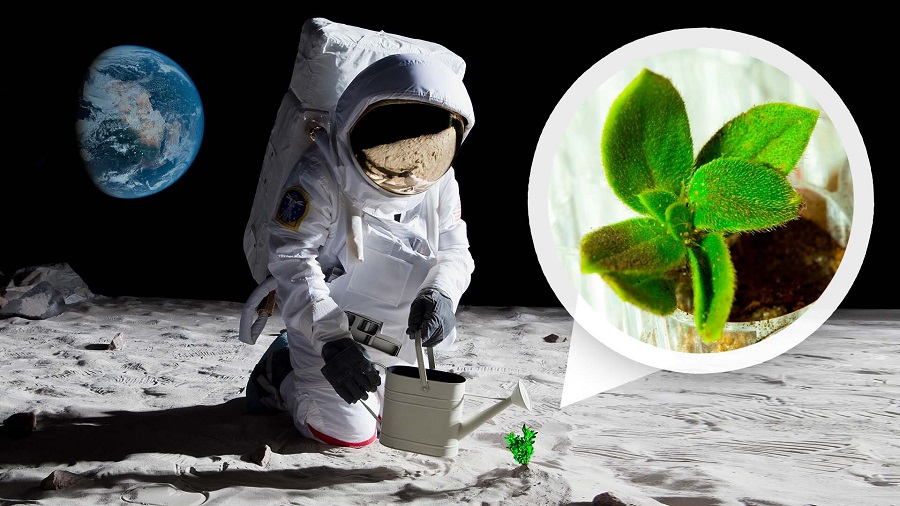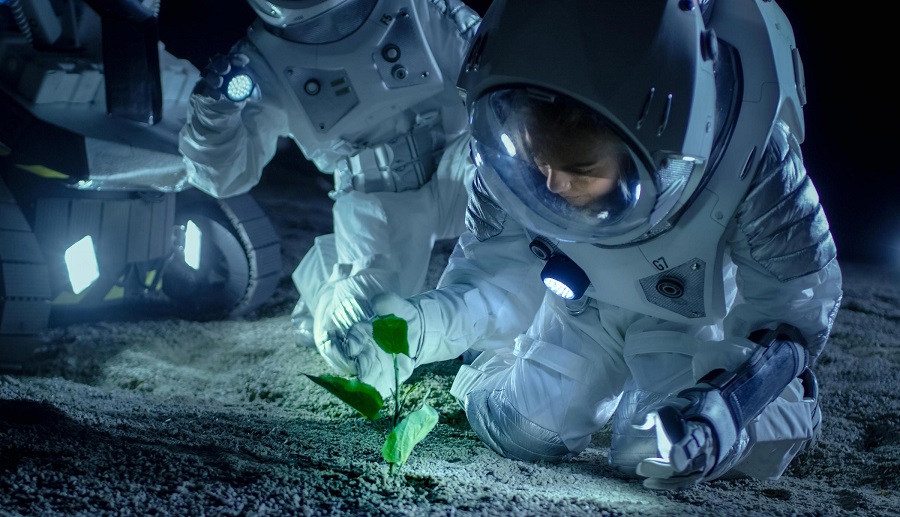
Lunar Greenery: The Quest to Cultivate Plants on the Moon
Ever since humankind took its first steps on the lunar surface, questions about the feasibility of life and sustainability beyond Earth have been top of mind. The question that has echoed through the halls of science and popular culture alike: Is it possible to grow plants on the moon?
The Lunar Landscape: Understanding the Challenge
The Moon, Earth’s only natural satellite, presents a barren landscape, devoid of atmosphere and bombarded by cosmic rays. Unlike our home planet with its nurturing environment, the Moon’s surface is a collection of regolith – fine, dust-like particles formed from billions of years of meteoric impacts.
Water, an essential ingredient for life, is scarce, existing mostly as ice in permanently shadowed regions. Additionally, the lunar day lasts about 29.5 Earth days, leading to extreme temperature variations, making it an inhospitable place for most terrestrial life forms.
Considering these factors, the prospect of cultivating plants on the Moon sounds like the stuff of science fiction. Yet, the benefits of achieving such a feat are multifold, from supporting long-term lunar missions to understanding life’s adaptability.
First Glimpses of Lunar Botany
In 2019, China’s Chang’e 4 mission made headlines by sprouting cotton seeds on the Moon. Housed inside a miniature biosphere, the seeds germinated and grew for several days before succumbing to the extreme cold of the lunar night. Though short-lived, this experiment provided the first proof of concept.
Significance of the Experiment
This endeavor was more than a symbolic gesture. It showed that, under controlled conditions, life could indeed take root on the Moon. Understanding how plants react to low gravity environments can inform how they might behave on other celestial bodies like Mars.
Challenges and Solutions: The Road Ahead
Several challenges lie ahead for lunar agriculture. From sourcing water to dealing with the Moon’s reduced gravity (1/6th of Earth’s), innovators and scientists have their work cut out.
Emerging technologies, such as hydroponics and aeroponics, offer solutions. These soil-less cultivation methods could be adapted to lunar conditions, bypassing the issues of regolith and sourcing water from lunar ice.
Moreover, enclosed habitats with controlled temperatures, moisture, and light can recreate Earth-like conditions. These bio-domes can not only support plant growth but also recycle air and water, contributing to a sustainable lunar base.

Implications for Future Space Missions
The capability to grow food on the Moon can transform future space missions. Instead of carrying food for extended periods, astronauts can grow their supplies, reducing costs and increasing mission durations.
Benefits Beyond Sustenance
Plants don’t just offer sustenance. They play a crucial role in psychological well-being. Being around greenery and tending to plants can alleviate the stress and isolation astronauts might feel, making them an essential part of any long-term space mission’s success.
From Fiction to Reality: The Dream Lives On
The dream of a lush, green Moon might still be in the realm of fiction, but the steps being taken today bring us closer to making it a reality. With the intersection of technology and biology, we’re on the brink of redefining what’s possible in space agriculture.
Final Thoughts
As we look to the stars and envision humanity’s future beyond Earth, cultivating plants on the Moon stands as both a challenge and a symbol of our tenacity and innovation. It’s not just about growing plants; it’s about nurturing hope and laying the groundwork for our next giant leap in the cosmos.
